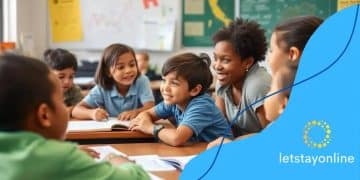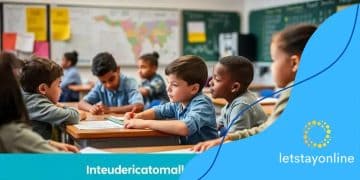How digital literacy is becoming a core school subject
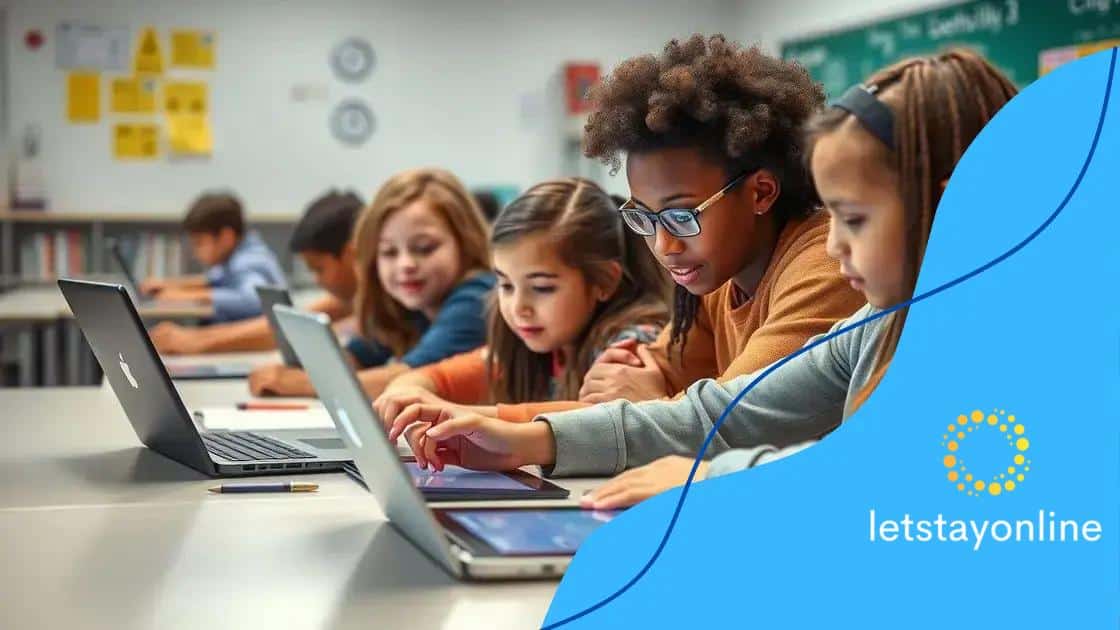
Digital literacy is essential in education as it equips students with the skills to effectively navigate technology, evaluate information, and collaborate in a digital environment, preparing them for future success.
How digital literacy is becoming a core school subject is an essential conversation in today’s educational landscape. As technology pervades every aspect of life, schools are adapting to ensure students are well-prepared for the future. But what does this shift mean for teaching and learning?
Understanding digital literacy
Understanding digital literacy is becoming increasingly important in our technology-driven world. It encompasses not just the ability to use technology but also the skills to find, evaluate, and create information using digital tools.
In education, this means teaching students how to navigate the vast online landscape safely and effectively. A solid foundation in digital literacy helps students become critical thinkers who can discern credible sources from unreliable ones.
Key Components of Digital Literacy
To build strong digital literacy skills, students must understand several key components:
- Using technology responsibly
- Evaluating information for accuracy
- Respecting online etiquette
- Creating digital content ethically
These elements not only enhance their ability to use technology but also prepare them for future challenges. As students engage with various digital platforms, they learn to think critically about the information they encounter.
The Role of Schools
Schools play a crucial role in developing digital literacy. By integrating technology into the curriculum, educators can create interactive learning experiences. This includes teaching students how to use search engines effectively, exploring online resources, and understanding privacy issues.
As students gain confidence in their digital literacy skills, they become more empowered to express their thoughts and ideas online. Additionally, classes focusing on coding and digital storytelling can spark creativity and innovation.
Overall, promoting digital literacy in schools sets the stage for a more informed and engaged citizenry. By equipping students with these vital skills, we not only benefit their personal development but also contribute to a thriving society.
The importance of digital skills in education

The importance of digital skills in education cannot be overstated. In today’s world, these skills are essential for students not only to succeed academically but also to thrive in their future careers.
Without a solid foundation in digital skills, students may struggle in various areas of their studies. Schools are increasingly recognizing the need to integrate technology throughout the curriculum.
Essential Digital Skills for Students
Students need to develop a range of digital skills that will help them navigate both their studies and the workforce.
- Information literacy
- Communication and collaboration tools
- Basic coding and programming
- Data analysis and management
Each of these skills plays a crucial role in helping students engage meaningfully with their education. For example, learning how to evaluate online information ensures that students can discern fact from fiction in an era of misinformation.
Moreover, understanding how to use collaboration tools enables students to work together effectively on projects, both in the classroom and beyond. As they learn to combine critical thinking with technical abilities, students prepare themselves for future challenges.
Also, as technology continues to evolve, ongoing development of digital skills will be necessary. Educators are now tasked with keeping pace with these changes and ensuring their teaching methods align with current trends.
Improved Learning Outcomes
Research shows that when students possess strong digital skills, their learning outcomes improve significantly. They tend to engage more actively in their educational experiences, which can lead to better retention of information.
Additionally, when students are comfortable using technology, they are more likely to seek out resources independently, fostering a love for learning. This empowerment can benefit them not only within the educational system but also as they enter the workforce.
Ultimately, the integration of digital skills in education is about preparing students for a future where these abilities will be essential. Schools that prioritize technological education help build a strong foundation for lifelong learning.
Curriculum changes and digital literacy
Curriculum changes are essential to ensure that digital literacy becomes a foundational element of education today. As technology continues to advance, schools must adapt their teaching strategies to equip students with the necessary skills for the digital age.
Integrating digital literacy into the curriculum not only enhances students’ technical abilities but also prepares them for future employment. This shift requires educators to rethink how they approach teaching various subjects.
Integrating Digital Skills Across Subjects
One effective way to promote digital literacy is by incorporating it across different subjects. For instance, teachers can embed technology lessons into:
- Language arts through online research projects
- Mathematics using data analysis tools
- Science for conducting virtual experiments
- Social studies via digital presentations
By doing this, students develop a well-rounded understanding of how digital skills apply in various contexts, making them more versatile learners.
Furthermore, projects that require collaboration and sharing of digital content can foster teamwork, communication, and problem-solving skills. Such experiences not only teach practical skills but also encourage creativity and innovation.
Professional Development for Educators
As curriculum changes take place, it is crucial that educators receive the necessary training to support these initiatives. Professional development programs focused on digital literacy can empower teachers with the tools they need to integrate technology effectively.
Educators who are comfortable using various technologies can model appropriate digital behavior and promote a culture of learning that embraces innovation. This, in turn, enhances students’ engagement and willingness to explore new digital tools.
In summary, the ongoing transformation of the curriculum is key in fostering digital literacy among students. By embedding these skills across subjects and ensuring educators are trained, schools can create an environment that promotes growth and adaptability in a rapidly changing digital landscape.
Tools and resources for teaching digital literacy
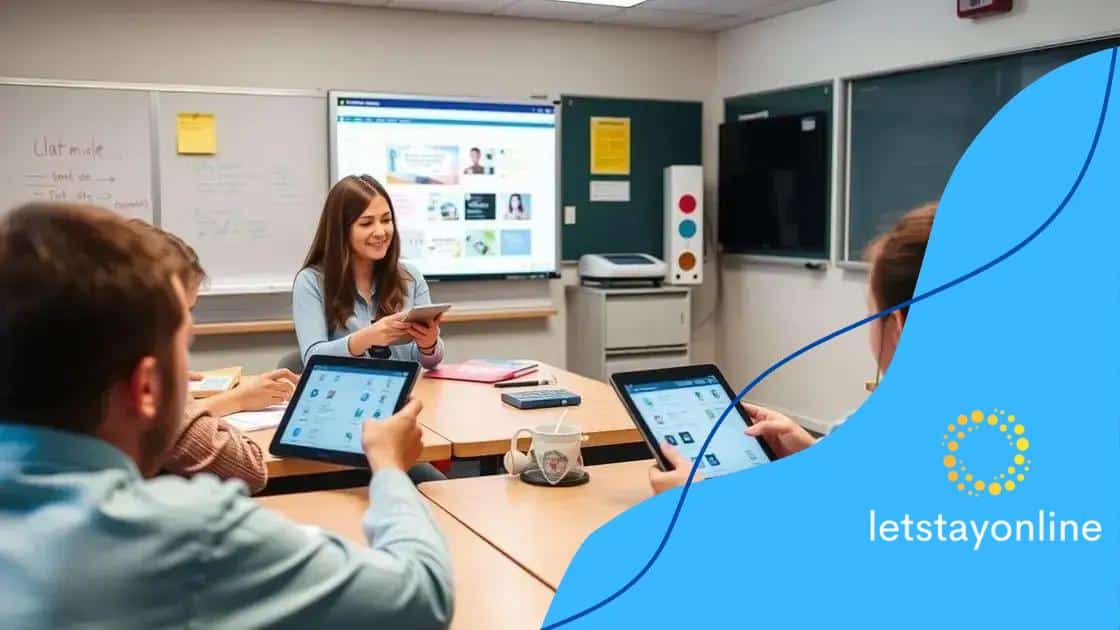
Tools and resources for teaching digital literacy are crucial in fostering an effective learning environment. With the right tools, educators can create engaging and interactive lessons that resonate with students.
These resources can range from software applications to online platforms that provide valuable content and facilitate collaboration. Using the right mix of tools can help students develop a robust understanding of digital literacy.
Popular Digital Literacy Tools
Several tools have emerged as favorites among educators looking to teach digital literacy. These include:
- Google Classroom: A platform that streamlines communication, assignment management, and resource sharing.
- Microsoft Teams: Offers collaboration tools and integrates with various educational apps.
- Code.org: Provides resources for teaching coding and programming skills to students of all ages.
- Scratch: An interactive programming platform where students can create their own games and animations.
Each of these tools promotes various facets of digital literacy, from communication to critical thinking and creativity. Educators can use them to encourage students to engage deeply with technology.
Online Resources and Learning Platforms
Besides software applications, there are numerous online resources that can support digital literacy education. Websites like Khan Academy and Codecademy offer courses that teach essential skills in various digital domains.
Utilizing these platforms allows students to learn at their own pace while providing teachers with valuable metrics on student progress. This data can inform instruction, allowing for tailored learning experiences.
In addition to formal education platforms, many educational blogs and forums provide articles and discussions centered on the latest in digital literacy. These can offer insights and best practices that educators can implement in their classrooms.
Ultimately, leveraging the right tools and resources is essential for successfully teaching digital literacy. By integrating these tools into the classroom, educators empower students to navigate and thrive in an increasingly digital world.
Assessing digital literacy in students
Assessing digital literacy in students is crucial to understanding their readiness for the digital world. As technology becomes a core part of education, educators must find effective ways to measure these skills.
This assessment can take various forms, from practical tasks to formal evaluations. It’s important that assessments truly reflect students’ abilities to navigate and use digital tools effectively.
Methods of Assessment
There are several effective methods to assess student digital literacy:
- Project-Based Assessments: Students can complete projects that require them to use different digital tools. This approach showcases their ability to apply skills in real-world scenarios.
- Online Quizzes and Tests: Using online assessment platforms can help gauge students’ understanding of digital concepts quickly and efficiently.
- Performance Tasks: These tasks involve students demonstrating their skills in a controlled environment—like creating a digital presentation or conducting online research.
- Peer Assessment: Encouraging students to evaluate each other’s work can provide insights into their understanding and promote collaborative learning.
Each of these methods allows teachers to observe and evaluate how well students are applying their digital literacy skills in various contexts. This ongoing assessment is vital for guiding instruction and ensuring that each student is developing these essential skills.
Creating Effective Assessments
When developing assessments for digital literacy, clarity and relevance are key. Teachers should design tasks that align with real-world applications. For instance, students might be asked to analyze credibility in different digital environments or to summarize findings from research conducted online.
Additionally, providing feedback on assessments is important. Constructive feedback helps students understand their strengths and areas for improvement. This feedback loop encourages continuous learning and growth in digital literacy.
Finally, it’s essential to consider student diversity when assessing digital literacy. Different students may excel in various areas, and assessments should accommodate these differences to promote inclusivity and fairness.
FAQ – Frequently Asked Questions about Digital Literacy in Education
Why is digital literacy important for students?
Digital literacy is vital for students as it equips them with the necessary skills to navigate and thrive in a technology-driven world.
What are effective methods to assess digital literacy?
Effective methods include project-based assessments, online quizzes, performance tasks, and peer assessments to evaluate students’ digital skills.
How can educators integrate digital literacy into the curriculum?
Educators can integrate digital literacy by embedding technology skills across various subjects and using tech tools that foster collaborative learning.
What tools can help in teaching digital literacy?
Popular tools include Google Classroom, Microsoft Teams, Code.org, and Scratch, which facilitate engaging and effective teaching of digital skills.
